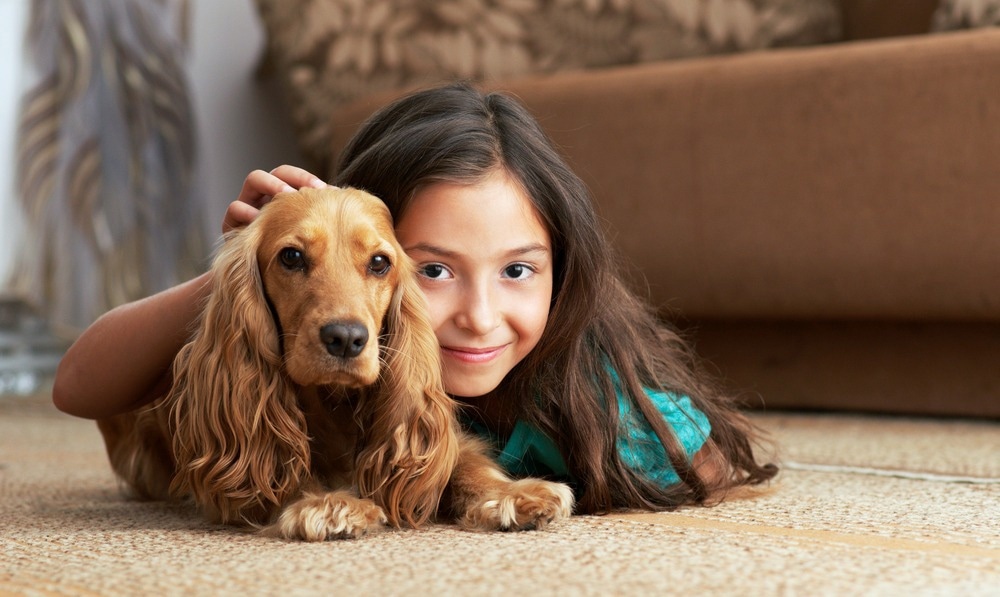In a recent study published in the International Journal of Behavioural Nutrition and Physical Activity, a group of researchers examined the longitudinal effects of changes in dog ownership on children’s physical activity and movement behaviors using data from the Play Spaces and Environments for Children’s Physical Activity (PLAYCE) cohort study.
Background
Despite the importance of physical activity for children’s health, many fail to meet activity guidelines. Dog ownership in places like Australia is linked to higher physical activity levels in children, as owning a dog encourages more walking and play. Yet, the impact of dog ownership on children’s screen time and sleep remains unclear, and there’s a lack of longitudinal research. Ethical constraints limit the feasibility of randomized trials, underscoring the value of natural experiments or observational studies to explore this relationship. There is a crucial need for further study using advanced methods to accurately assess the effects of dog ownership on various aspects of children’s movement behaviors.
About the study
The present study, initiated in Perth, recruited children aged 2 to 5 from early childhood education and care services. The study sought participation from a diverse socio-economic background, collecting baseline data from 2015 to 2018. As these children transitioned to full-time school, they were followed up until 2021, provided they met the eligibility criteria, resulting in a sample of 641 children aged 5 to 7 for wave 2, with 600 children having complete data on dog ownership across both waves. This setup created a natural experiment with four distinct groups based on dog ownership changes, allowing for a comparison of physical activity levels and other movement behaviors over time.
Children’s physical activity was rigorously measured using ActiGraph GT3X+ accelerometers, processed through a machine learning model to categorize activity intensity accurately. Additionally, parents reported on screen time, sleep duration, and physical activity, offering a comprehensive view of the children’s movement behaviors. The study also considered various covariates like parental education and household characteristics to adjust for potential confounders.
Analytical approaches included linear mixed effects models to explore differences in movement behaviors over time and by dog ownership status, adjusting for a range of variables and the context of the coronavirus disease 2019 (COVID-19) pandemic.
Study results
The PLAYCE cohort study detailed the characteristics and movement behaviors of children across different dog ownership statuses. Approximately half of the participants were girls, with a median age of 3.2 years at the study’s outset. Notably, socioeconomic factors such as the mother’s education level, employment status, and living conditions varied significantly across dog ownership groups, influencing the study’s context.
Initial assessments revealed no significant differences in movement behaviors measured by devices among the dog ownership groups. However, when looking at unstructured physical activity, children in the dog owner and dog loss groups engaged in more physical activities than their counterparts without dogs. Interestingly, these differences were primarily due to dog-related activities. Screen time and sleep duration also varied, indicating nuanced influences of dog ownership on children’s daily routines.
As children transitioned from preschool to full-time school, changes in their movement behaviors were observed, with variations depending on whether they acquired or lost a dog during this period. For girls, acquiring a dog positively impacted light intensity activities, whereas losing a dog led to reductions in both light intensity activities and total physical activity. Conversely, boys in the dog owner group saw an increase in energetic play, highlighting the gender-specific effects of dog ownership on children’s physical activities.
The acquisition of a dog also positively affected both girls’ and boys’ unstructured physical activity, emphasizing the role of dog-facilitated activities in promoting physical engagement. These findings suggest that changes in dog ownership status can significantly impact children’s movement behaviors, with the loss of a dog particularly affecting girls’ physical activity levels.
Screen time trends further illustrated these effects, with no significant changes observed in girls who acquired or lost a dog, but a distinct trajectory for girls in the dog owner group compared to non-dog owners. This divergence underscores the complex relationship between dog ownership and screen time, possibly reflecting lifestyle or behavioral adjustments associated with having a pet.
Lastly, the study highlighted significant shifts in physical activity and screen time among children experiencing changes in dog ownership status. These results point to the potential of dog ownership to positively influence children’s physical activity, with implications for public health strategies aimed at enhancing physical engagement among young populations.
